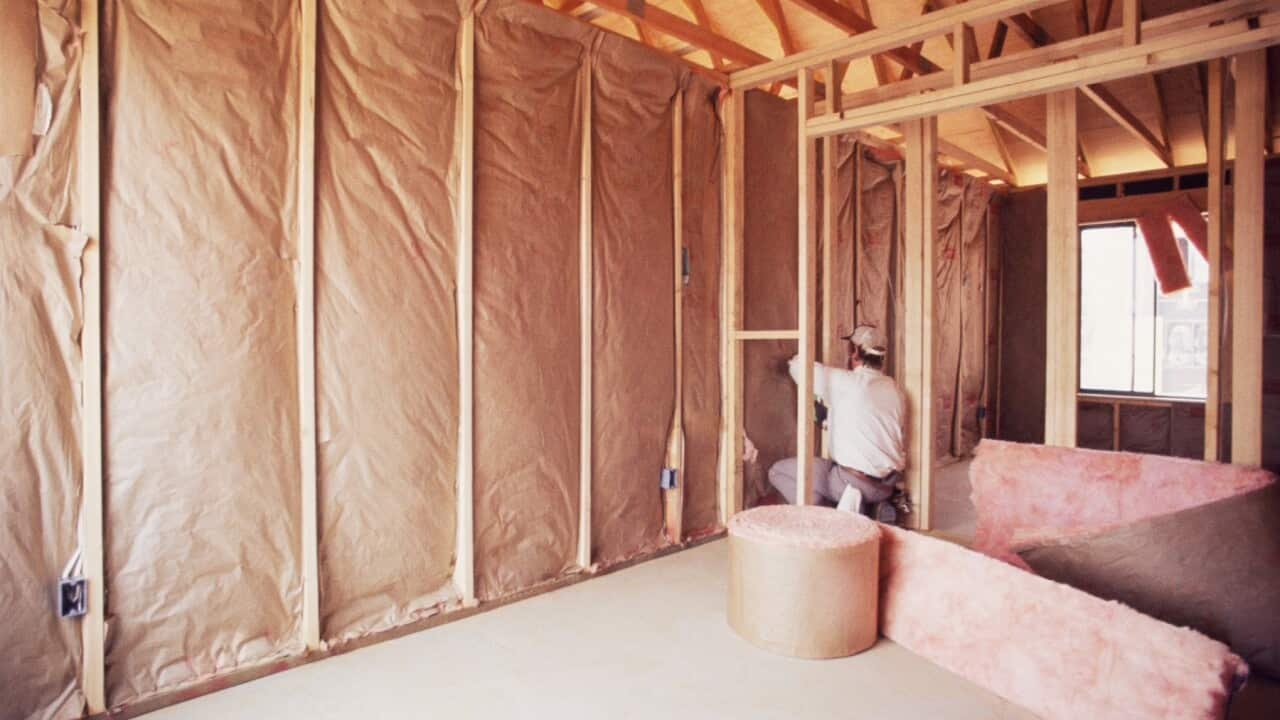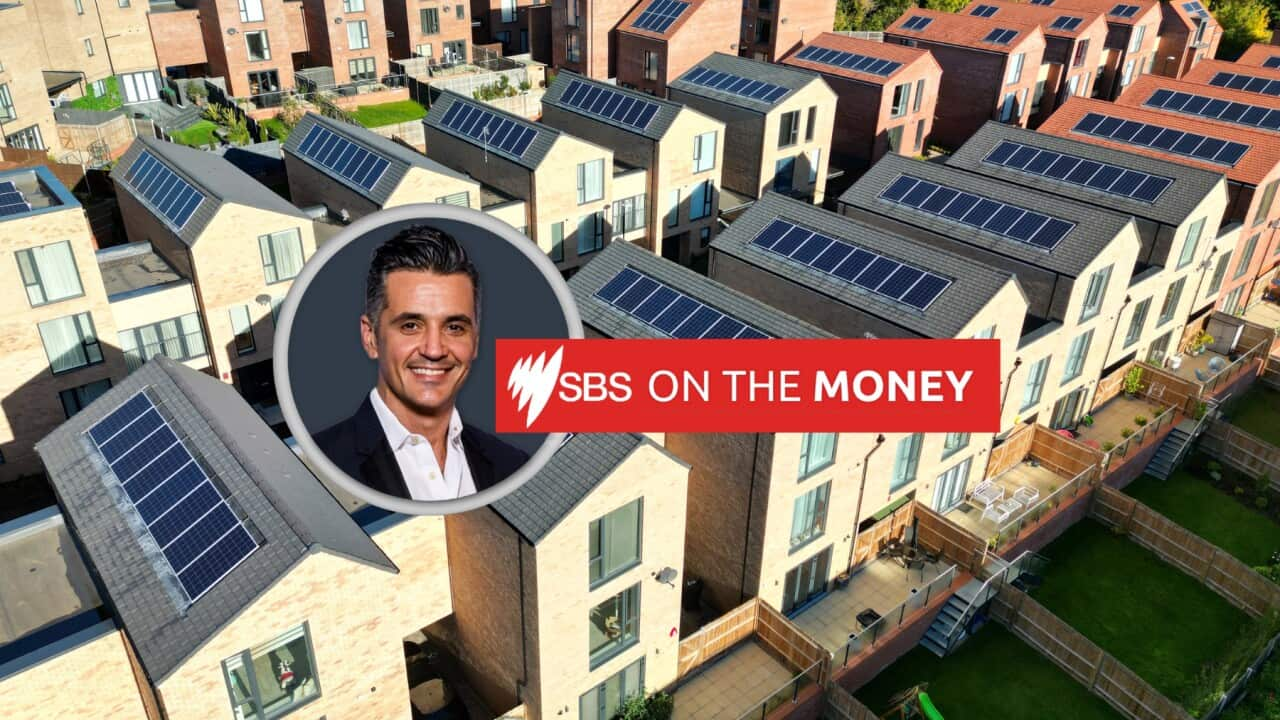TRANSCRIPT
Uninsulated homes that are freezing in winter and excessively hot in summer will eventually be history as Australia adopts the 2022 National Construction Code.
The ACT Government is implementing the code in full which includes having houses achieve the equivalent of a 7-star energy rating.
The Chief Executive of the Australian Building Codes Board, Greg Rake, says the changes will have a lasting, positive impact.
“These changes are about making new homes fit for the future. So they're going to improve the comfort of these new homes, affordability, accessibility and sustainability. These are a great set of new changes. They'll improve the energy efficiency for homes and these benefits will flow through to the people who use the homes. So we're talking about benefits for renters, benefits for owners, benefits for visitors. It's one of the few areas that we can very directly get assistance into household budgets. Reducing any bills is a great way to make savings for households.”
The Housing Industry Association welcomes the changes but warns there will be extra costs to make new or existing dwellings compliant.
Greg Weller is the HIA's ACT director.
“Invariably, we're going to see that the standard of windows in the home will increase significantly. We're certainly hearing from members that that can be in the tens of thousands of dollars for someone purchasing a new home so this can be very significant as well”
Architect and urban designer Marcus White says Australia needs to design homes that are resilient to climate change.
He says one obvious change is avoiding building on flood plains but that can involve a trade off with people having to accept higher density builds in areas that are not vulnerable to flooding.
“Ideally, we would do less building in these areas that are problematic. We would densify where it not in flood zones so that means accepting change in some suburbs that are more established.'']]
Marcus White says building houses well above ground level, like the elevated houses known as Queenslanders in the sunshine state, could be one measure needed in other parts of the country.
“I think that's a good kind of adaptation of what was kind of a European-style house that got lifted up to suit the climate. We need to be exploring options like that where we're thinking about the climate where we are now but also into the future. If you look at some of the forecasts, for example, Melbourne might be much hotter and much drier, or it might be much hotter and also wetter so you've got to kind of look at some of these possible scenarios and try and design for a range of different possible future climates."













